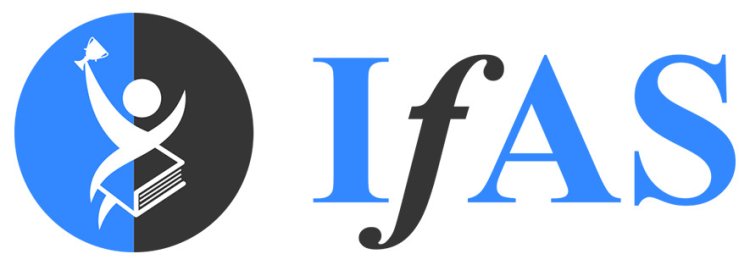IIT JAM Chemistry Syllabus: A Detailed Guide for Aspirants

The Indian Institute of Technology Joint Admission Test for M.Sc. in Chemistry is an elite entrance examination that provides the way to enter postgraduate chemistry courses offered at IITs and other Indian elite institutions. Knowledge of the syllabus will help in better preparation and success in this competitive examination. This article is a comprehensive guide to the IIT JAM Chemistry syllabus, incorporating all its crucial elements.
Overview of the IIT JAM Chemistry Syllabus
The IIT JAM Chemistry syllabus is meant to test a candidate's knowledge about chemistry concepts that fall under undergraduate level. The syllabus is broadly divided into three main sections: Physical Chemistry, Organic Chemistry, and Inorganic Chemistry. Among them, candidates are expected to have a strong foundation in mathematical concepts relevant to chemistry.
Physical Chemistry Topics
In Physical Chemistry, the main ideas and their use comprise the nucleus. The subjects range from atomic structure to chemical bonding, states of matter, thermodynamics, chemical and phase equilibria, electrochemistry, chemical kinetics, and quantum chemistry. It encompasses all these fields requiring a deep understanding of the concept of equilibrium constants, the laws of thermodynamics, and molecular orbital theory.
Organic Chemistry Topics
Organic Chemistry places importance on structure, reactivity, and mechanisms. Topics include hybridization, resonance, aromaticity, reaction mechanisms, stereochemistry, functional group chemistry, and biomolecules including carbohydrates and amino acids. Reaction types- especially substitution and addition- as well as analysis of the functional group's behaviour must be understood by the candidate.
Inorganic Chemistry Topics
Inorganic Chemistry deals with the periodic properties of elements, bonding theories, main group elements, transition metals, coordination chemistry, including bioinorganic chemistry and environmental chemistry. A part of these deals with aspects like the involvement of metals in biological systems as well as how greenhouse gases play a role in the environment. Trends in periodic table and application of crystal field theory are essentials for this segment.
Exam Pattern and Preparation Tips
The IIT JAM Chemistry exam is held online with 60 questions of multiple-choice, multiple-select, and numerical answer types. The paper is worth a total of 100 marks, and the candidate will have three hours to complete the paper. Thus, knowing the pattern of the exam and constant practice is required for the paper.
Preparation for IIT JAM Chemistry demands careful planning and persistent effort. First, familiarize yourself with the curriculum and emphasize the building of fundamentals. Allocate slots to every topic and balance theoretical learning with practical problem-solving. Even solving previous years' question papers and taking mock tests will enhance your preparation a lot.
Reliable study materials are a must. Standard textbooks include "Physical Chemistry" by P. Atkins, "Organic Chemistry" by Morrison and Boyd, and "Inorganic Chemistry" by J.D. Lee. The importance of revision cannot be missed in order to remember and reproduce ideas during the examination.
This requires an immense amount of dedication and methodical preparation with the IIT JAM Chemistry syllabus. Consistent practice, clear concepts, and right resources are guaranteed to help you conquer the exam and pave a bright academic and professional future in chemistry.
What's Your Reaction?


















